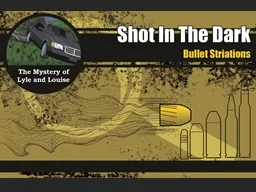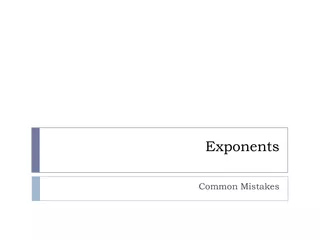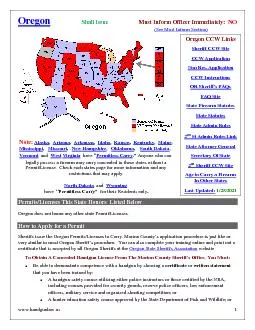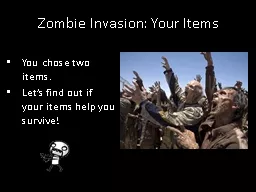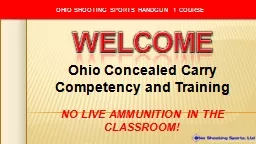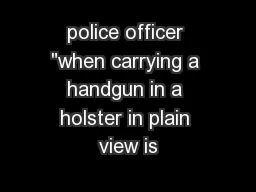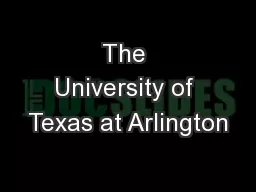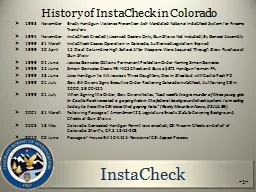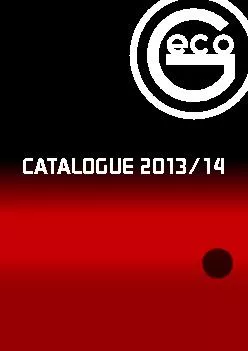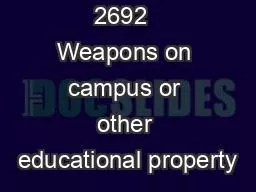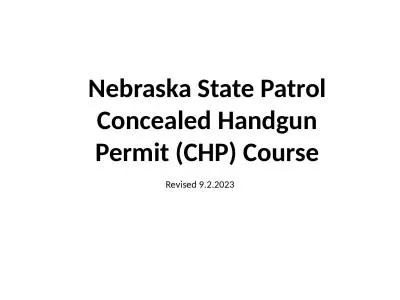PPT-Handgun Examples
Author : faustina-dinatale | Published Date : 2017-06-21
Revolver A firearm designed to be fired from the hand and having a rifled barrel and a revolving cylinder containing several chambers each of which holds one cartridge
Presentation Embed Code
Download Presentation
Download Presentation The PPT/PDF document "Handgun Examples" is the property of its rightful owner. Permission is granted to download and print the materials on this website for personal, non-commercial use only, and to display it on your personal computer provided you do not modify the materials and that you retain all copyright notices contained in the materials. By downloading content from our website, you accept the terms of this agreement.
Handgun Examples: Transcript
Download Rules Of Document
"Handgun Examples"The content belongs to its owner. You may download and print it for personal use, without modification, and keep all copyright notices. By downloading, you agree to these terms.
Related Documents

